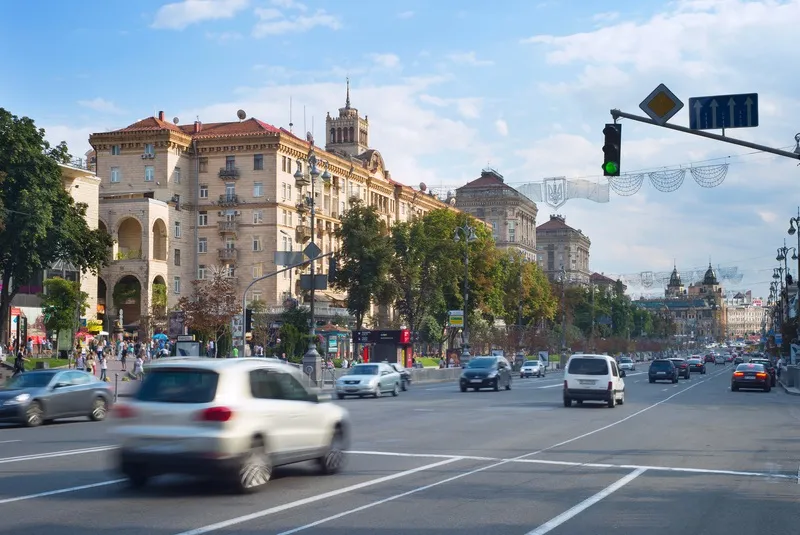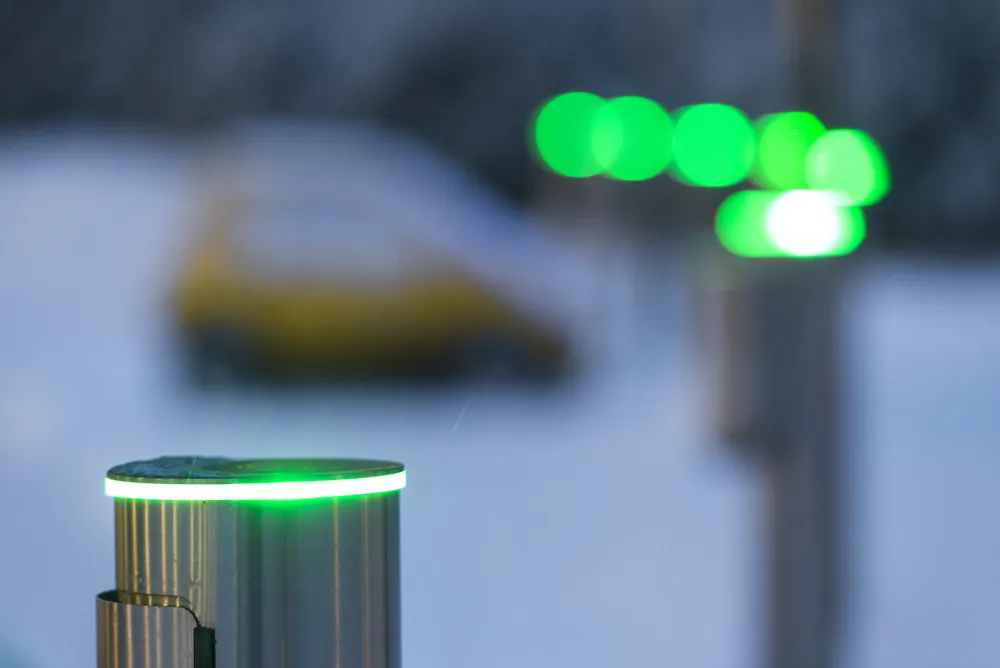
Part of the plan involves expanding the existing urban video surveillance system by installing more than 3,000 new cameras on the main highways, gateways and exits to and from Kiev.
The majority of these cameras will be integrated with traffic lights, which will calculate the speed of traffic flow, while determining the size of the cars and recognising licence plates.
That will be part of the Kiev Safe City integrated security system. The official introduction began a couple of years ago and involved the installation of more than 7,000 red-light safety and other cameras on the city’s streets.
Most of the new cameras will be supplied by Chinese firms Huawei and Hikvision as part of their contract with the Kiev regional authorities.
Under the terms of the agreement, Hikvision also took part in the launch of Kiev’s existing single control centre for traffic movement a couple of years ago.
In regard to public transport – which has a current fleet of more than 3,000 vehicles - there are plans to introduce GPS control by the end of June this year.
Yuri Nazarov, director of the Department of Information and Communication Technologies of the Kiev City Administration, said this year the regional government plans to complete the introduction of a new system which will optimise traffic in the city by the automatic adjusting operations of traffic lights, depending on traffic flows.
Finally, a new Weigh in Motion system will be installed on four highways at the entrance to Kiev.










